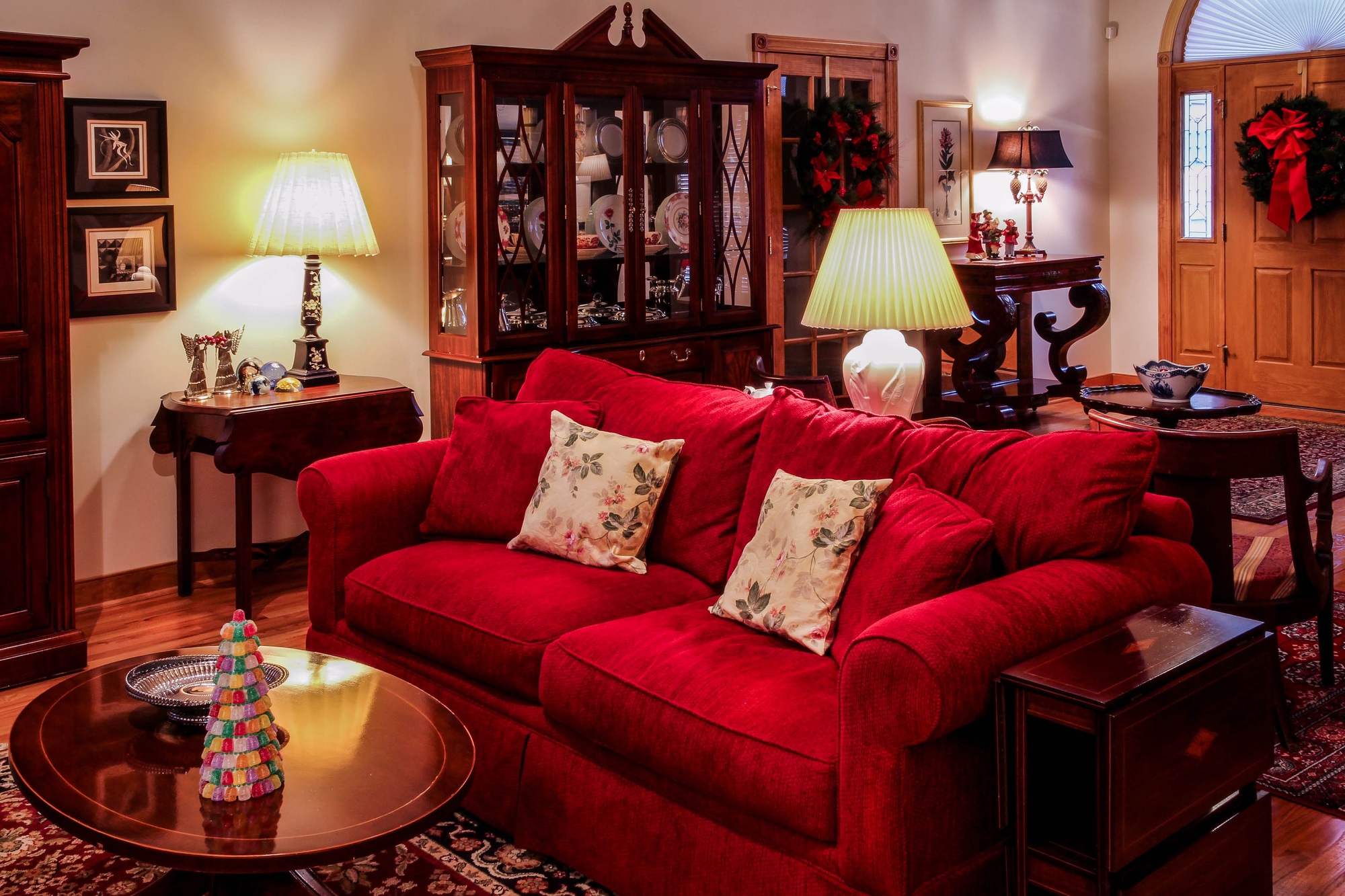The living room is often considered the heart of the home, a place where families gather and memories are made. When it comes to choosing the best colors for your living room, neutral tones are a safe and versatile option. Shades of beige, gray, and white can create a calming and inviting atmosphere, allowing you to easily add pops of color and personality through furniture and decor. Neutral colors also have the ability to make a small living room feel more spacious and open. If you have a small living room, consider using a light neutral color on the walls to create the illusion of more space. You can then add depth and dimension with darker neutral shades in the furniture and accents.Neutral colors for living room
If you have a small living room, choosing the right paint color is crucial in making the space feel bigger and more inviting. Lighter shades like cream, light gray, and soft blue can help make a small living room appear more spacious. These colors reflect natural light, making the room feel brighter and more open. Avoid dark colors, as they can make a small living room feel cramped and closed off. Another trick for making a small living room seem larger is to paint the ceiling a lighter color than the walls. This creates the illusion of higher ceilings and a more open space.Best paint colors for small living room
While neutral tones are a safe and timeless choice, there are some popular colors that are currently trending in living room design. Blush pink is a popular choice for those looking for a soft and feminine touch in their living room. Navy blue is also gaining popularity, as it adds a touch of sophistication and depth to a space. Earth tones like olive green and terracotta are also popular choices for those looking to add warmth and coziness to their living room. These colors can easily be incorporated through furniture, decor, or even a statement wall.Popular living room colors
If you want to create a warm and inviting atmosphere in your living room, consider using warm colors on the walls. Tan, rust, and golden yellow are all great options for adding warmth to a space. These colors also pair well with natural materials like wood and stone, creating a cozy and inviting feel. When using warm colors, it's important to balance them with cooler tones in the furniture and decor. This will prevent the room from feeling too overwhelming and keep the overall color scheme cohesive.Warm colors for living room walls
When it comes to choosing furniture for your living room, it's important to consider the color of your walls and overall color scheme. Neutral furniture is always a safe option, as it can easily be paired with any color. White, gray, and beige are all great choices for a timeless and versatile look. If you want to add a pop of color to your living room, consider using a bold statement piece, such as a red or teal sofa. Just be sure to balance the bold color with neutral accents and decor to avoid overwhelming the space.Best colors for living room furniture
Light colors can make a living room feel bright, airy, and spacious. Shades of white, cream, and soft blue are great options for creating a light and airy feel. These colors also reflect natural light, making the room feel even brighter. Using light colors on the walls, furniture, and decor can also create a cohesive and calming atmosphere. This is especially important in open concept living spaces, where the living room may flow into the dining or kitchen area.Light colors for living room
Curtains not only serve as a functional element in a living room, but they can also add to the overall aesthetic and color scheme. When choosing curtains for your living room, consider the color and pattern of your furniture and walls. If you have neutral walls and furniture, you can add a pop of color and pattern through your curtains. Floral and geometric patterns are currently popular choices. If you have bold colored walls or furniture, opt for neutral curtains to balance the overall look.Best colors for living room curtains
Dark colors can add drama and sophistication to a living room, but they should be used in moderation. Too much dark color can make a living room feel small and closed off. Consider using navy blue, charcoal gray, or deep green in small doses, such as on an accent wall or through furniture and decor. When using dark colors, it's important to balance them with lighter tones to prevent the room from feeling too heavy. You can also add pops of color through pillows, rugs, and artwork to add interest and dimension to the space.Dark colors for living room
An accent wall can add visual interest and depth to a living room, and it's a great opportunity to incorporate a bold color or pattern. When choosing a color for your accent wall, consider the overall color scheme of the room and choose a color that will complement the other walls and furniture. Bold colors like emerald green, mustard yellow, and deep purple can all make a statement as an accent wall. You can also opt for a patterned wallpaper for a unique and eye-catching look.Best colors for living room accent wall
A cozy living room is all about creating a warm and inviting atmosphere, and the right colors can help achieve this. Earth tones like terra cotta, olive green, and golden yellow are great choices for creating a cozy and welcoming feel. These colors can be incorporated through the walls, furniture, and decor. Another trick for creating a cozy living room is to add layers of texture through different fabrics and materials. This will add depth and warmth to the space, making it feel more inviting and comfortable.Cozy living room colors
Choosing the Best Colors for Your Living Room

Creating a Harmonious and Inviting Space
 When it comes to designing your living room, choosing the right colors is essential. The colors you choose can greatly impact the overall feel and atmosphere of the space. Whether you prefer bold and bright hues or calming neutrals, the right color scheme can make a significant difference in the look and feel of your living room. In this article, we will explore some of the best colors for living rooms and how to incorporate them into your design.
When it comes to designing your living room, choosing the right colors is essential. The colors you choose can greatly impact the overall feel and atmosphere of the space. Whether you prefer bold and bright hues or calming neutrals, the right color scheme can make a significant difference in the look and feel of your living room. In this article, we will explore some of the best colors for living rooms and how to incorporate them into your design.
Neutral Tones for a Timeless Look
 Neutral colors such as beige, gray, and white are classic choices for living room walls. These colors create a clean and timeless look, making them a popular option for many homeowners.
Neutral tones
also provide a blank canvas for you to add pops of color through furniture and accessories.
Beige
is a warm and inviting color that can make a space feel cozy and comfortable.
Gray
is a versatile color that can be either cool or warm, depending on the undertones.
White
is a bright and airy color that can make a small living room feel more spacious.
Neutral colors such as beige, gray, and white are classic choices for living room walls. These colors create a clean and timeless look, making them a popular option for many homeowners.
Neutral tones
also provide a blank canvas for you to add pops of color through furniture and accessories.
Beige
is a warm and inviting color that can make a space feel cozy and comfortable.
Gray
is a versatile color that can be either cool or warm, depending on the undertones.
White
is a bright and airy color that can make a small living room feel more spacious.
Calming Blues for a Relaxing Retreat
 If you're looking to create a tranquil and
serene
living room, consider incorporating shades of blue into your design.
Blue
is known for its calming properties and is often associated with peace and tranquility.
Light blue
can make a room feel airy and spacious, while
navy blue
can add a touch of sophistication and elegance. You can also combine different shades of blue to create a
layered
and
cohesive
look in your living room.
If you're looking to create a tranquil and
serene
living room, consider incorporating shades of blue into your design.
Blue
is known for its calming properties and is often associated with peace and tranquility.
Light blue
can make a room feel airy and spacious, while
navy blue
can add a touch of sophistication and elegance. You can also combine different shades of blue to create a
layered
and
cohesive
look in your living room.
Warm and Inviting Reds and Yellows
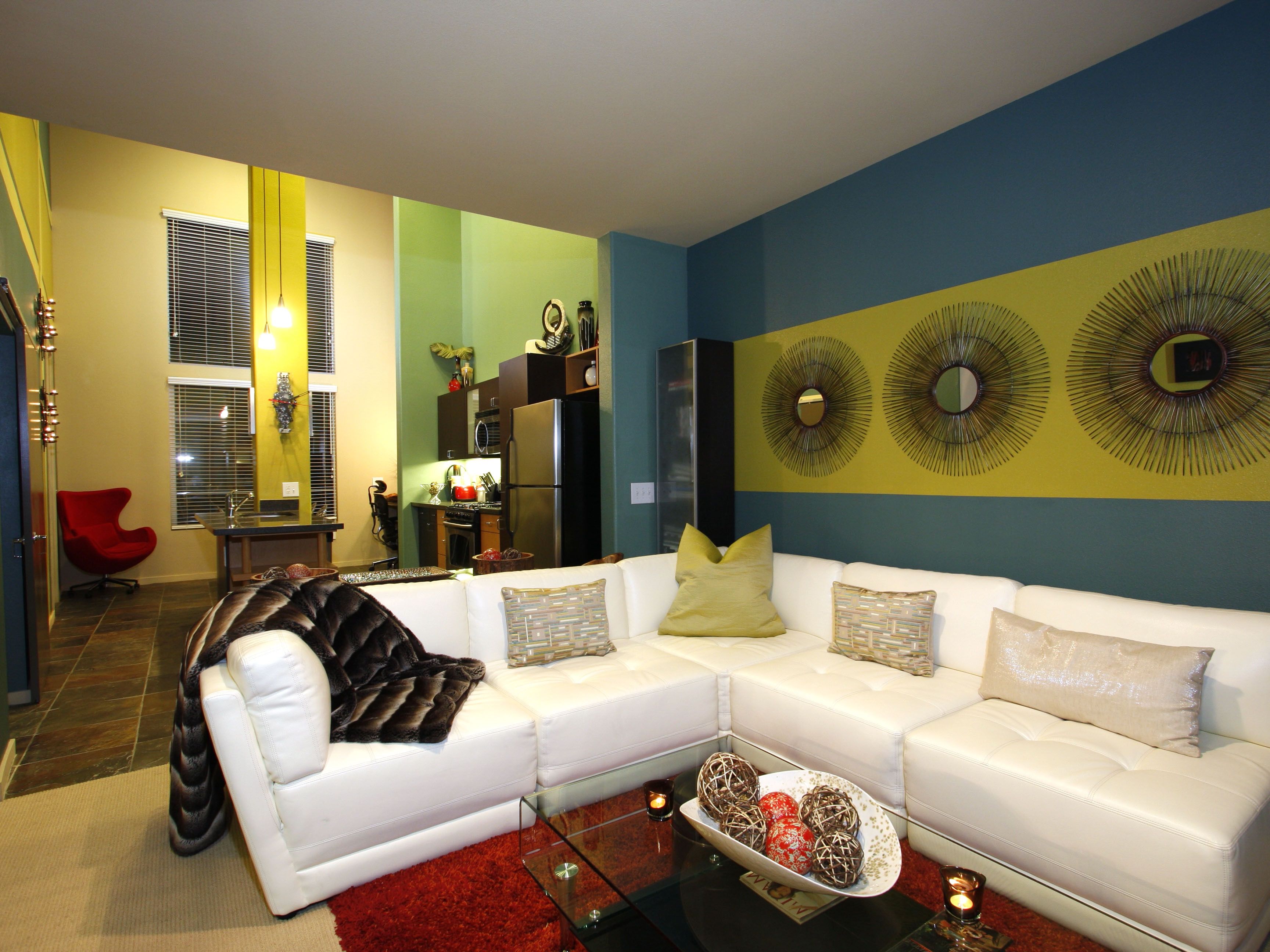 For those who want to add a pop of color to their living room,
reds
and
yellows
are great options. These warm hues can create a cozy and inviting atmosphere, perfect for a gathering space.
Red
is a bold and energetic color that can make a statement in any room.
Yellow
, on the other hand, is a bright and cheerful color that can bring warmth and
happiness
to a space. When using these colors, it's essential to balance them with neutral tones to avoid overwhelming the room.
For those who want to add a pop of color to their living room,
reds
and
yellows
are great options. These warm hues can create a cozy and inviting atmosphere, perfect for a gathering space.
Red
is a bold and energetic color that can make a statement in any room.
Yellow
, on the other hand, is a bright and cheerful color that can bring warmth and
happiness
to a space. When using these colors, it's essential to balance them with neutral tones to avoid overwhelming the room.
Green for a Natural and Refreshing Look
 Green is a versatile color that can bring a sense of
harmony
and
balance
to a living room.
Olive green
can create a
soothing
and
natural
atmosphere, while
emerald green
can add a touch of
elegance
and
vibrancy
. You can also incorporate green through natural elements such as plants, which can bring a refreshing and
calming
feel to your living room.
Green is a versatile color that can bring a sense of
harmony
and
balance
to a living room.
Olive green
can create a
soothing
and
natural
atmosphere, while
emerald green
can add a touch of
elegance
and
vibrancy
. You can also incorporate green through natural elements such as plants, which can bring a refreshing and
calming
feel to your living room.
Final Thoughts
 Choosing the best colors for your living room is all about creating a harmonious and inviting space. Neutral tones provide a timeless look, while blues bring a sense of calmness. Warm colors like red and yellow can add a pop of color, and green can bring a natural and refreshing vibe. When designing your living room, don't be afraid to mix and match different colors to create a unique and personalized space. With the right color scheme, your living room can become the perfect place to relax and unwind.
Choosing the best colors for your living room is all about creating a harmonious and inviting space. Neutral tones provide a timeless look, while blues bring a sense of calmness. Warm colors like red and yellow can add a pop of color, and green can bring a natural and refreshing vibe. When designing your living room, don't be afraid to mix and match different colors to create a unique and personalized space. With the right color scheme, your living room can become the perfect place to relax and unwind.



/Neutrallivingroom-GettyImages-568518365-5a6260a87d4be80036ac6b0c.jpg)



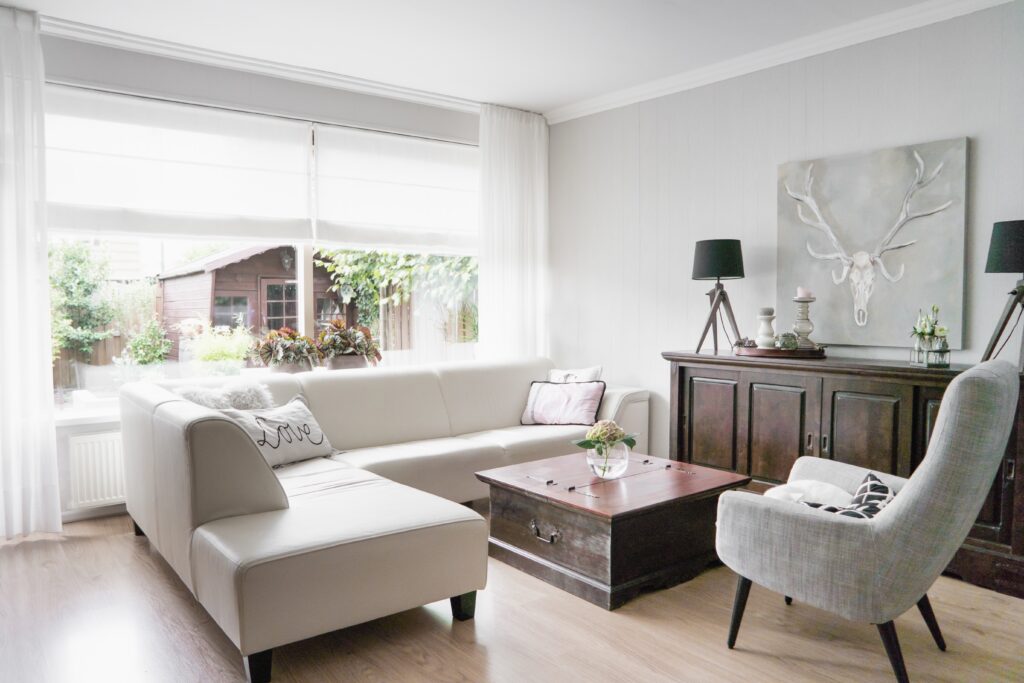



























/Homedecorwarmcolors-GettyImages-640896866-596fcc88af5d3a00110c5931.jpg)









:max_bytes(150000):strip_icc()/9efc0e96-2cc8-494b-89d6-69d21766a413-2820da759b784f89ac40820eb106be00.jpg)







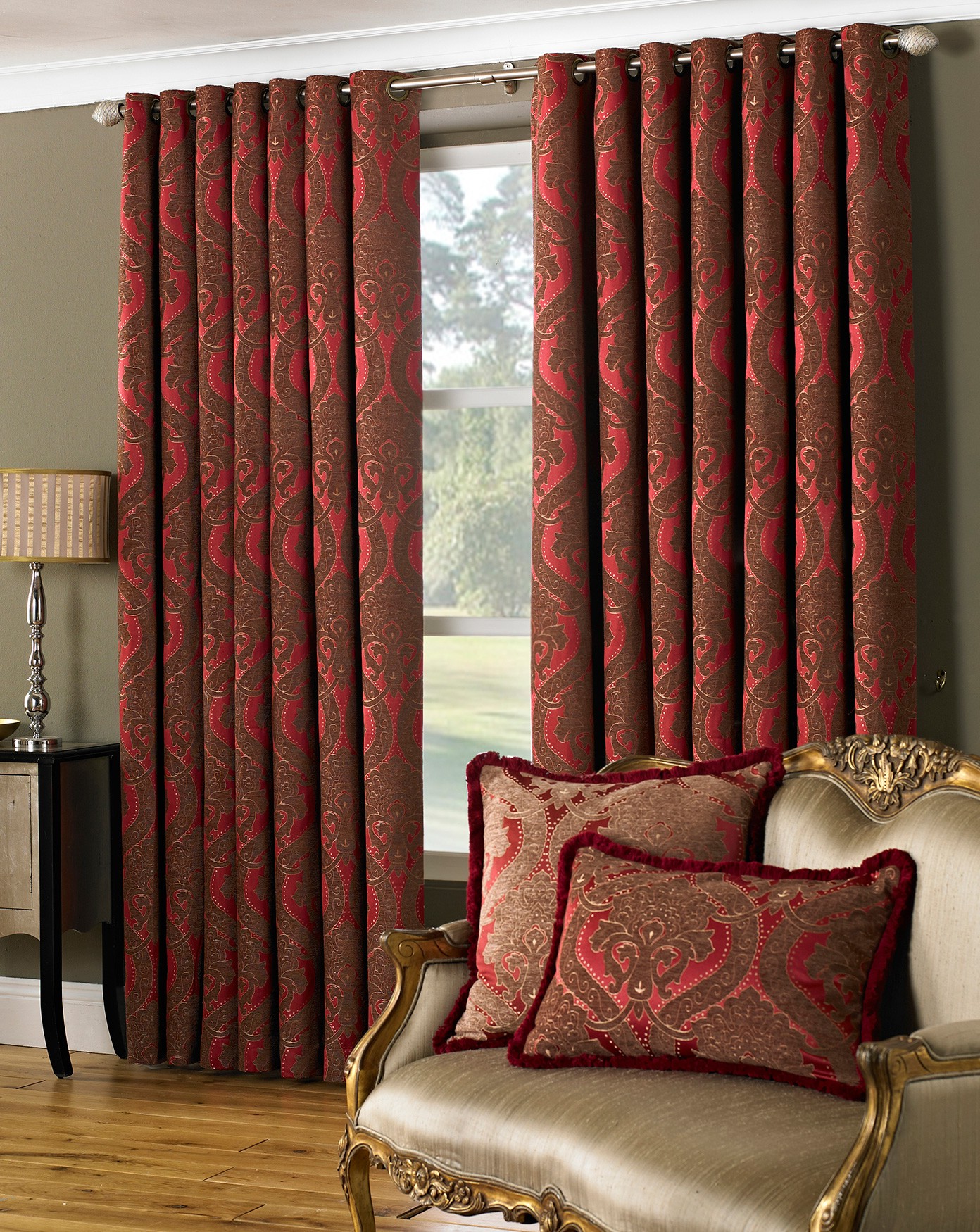



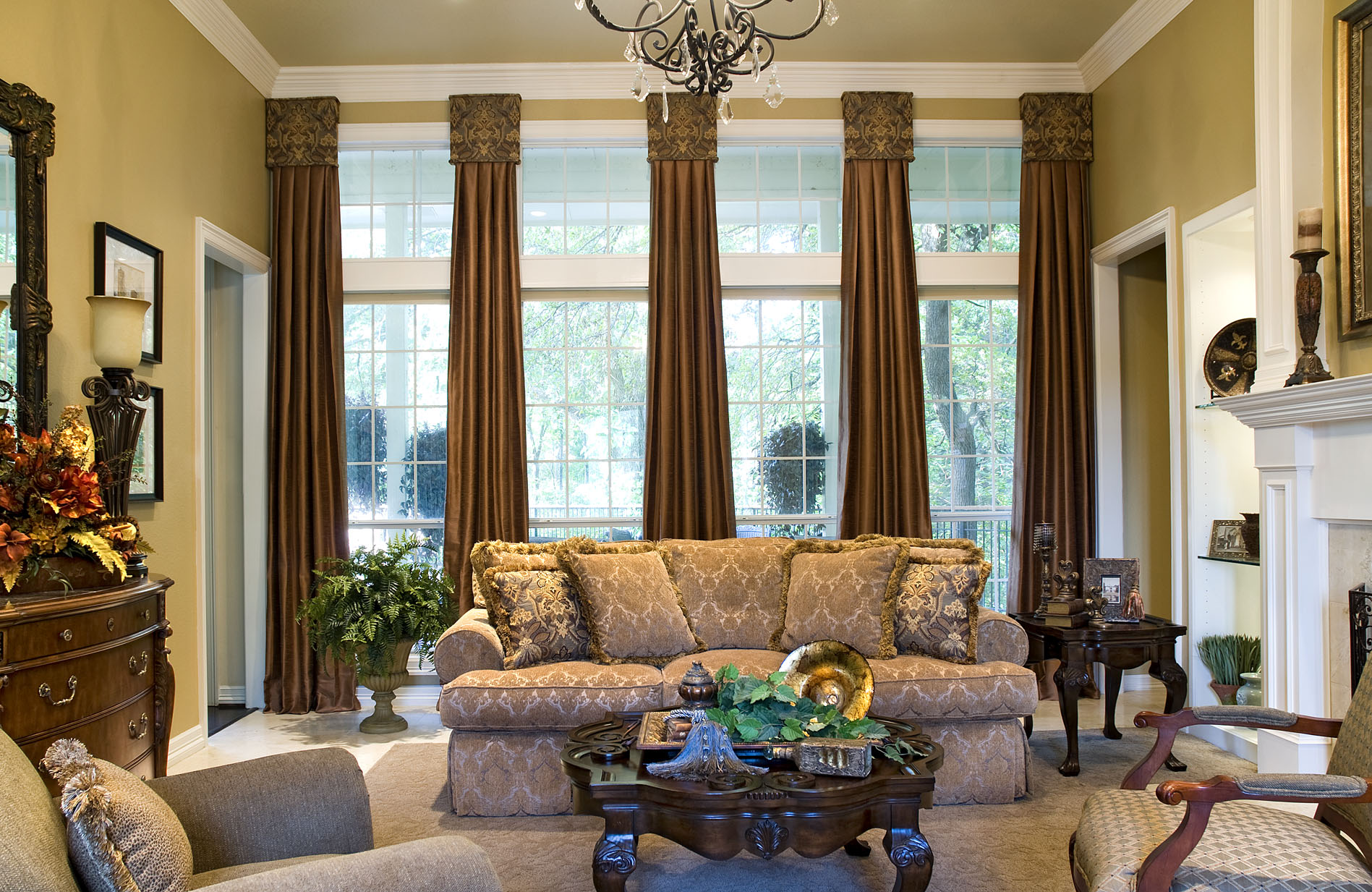
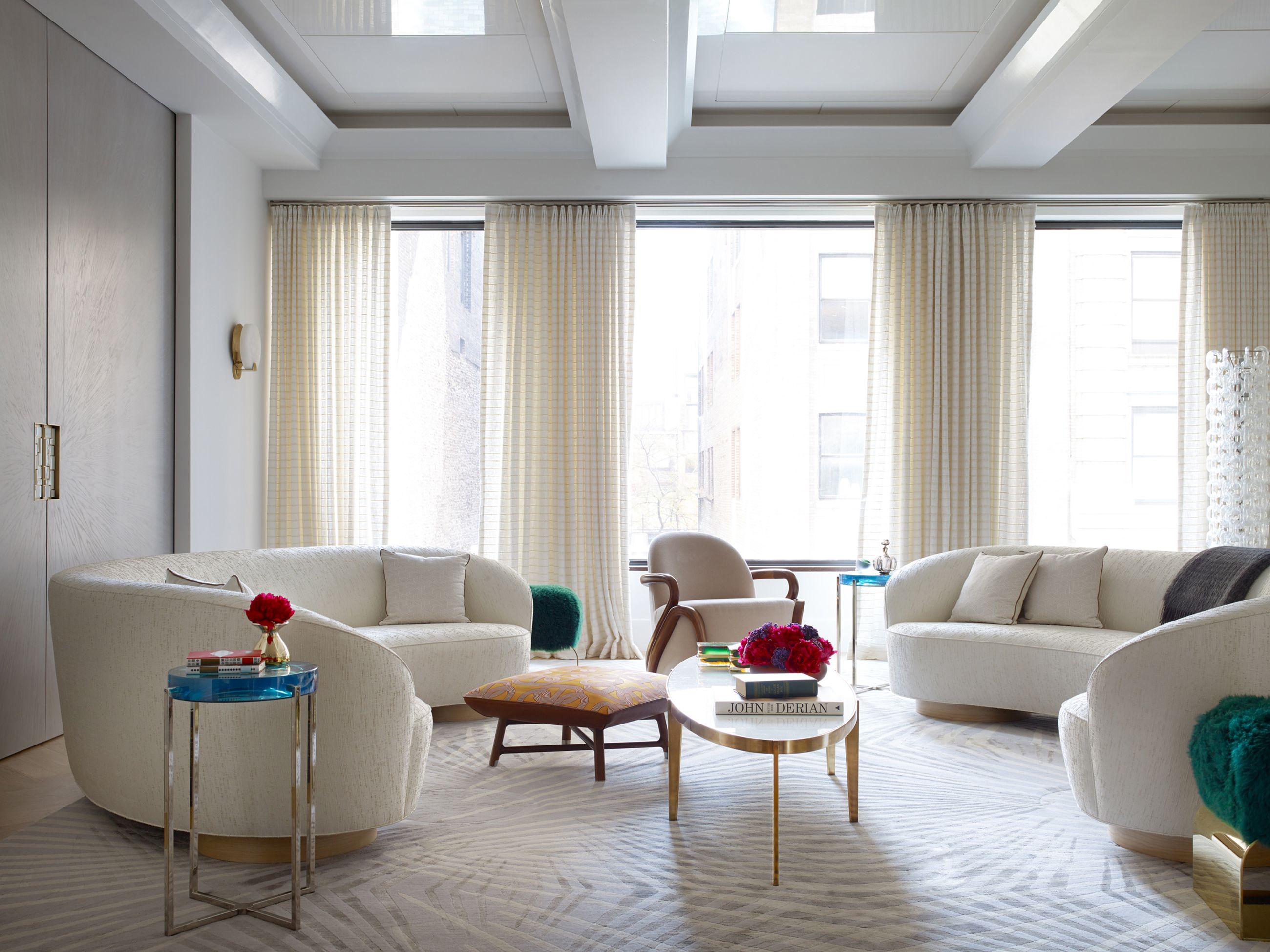





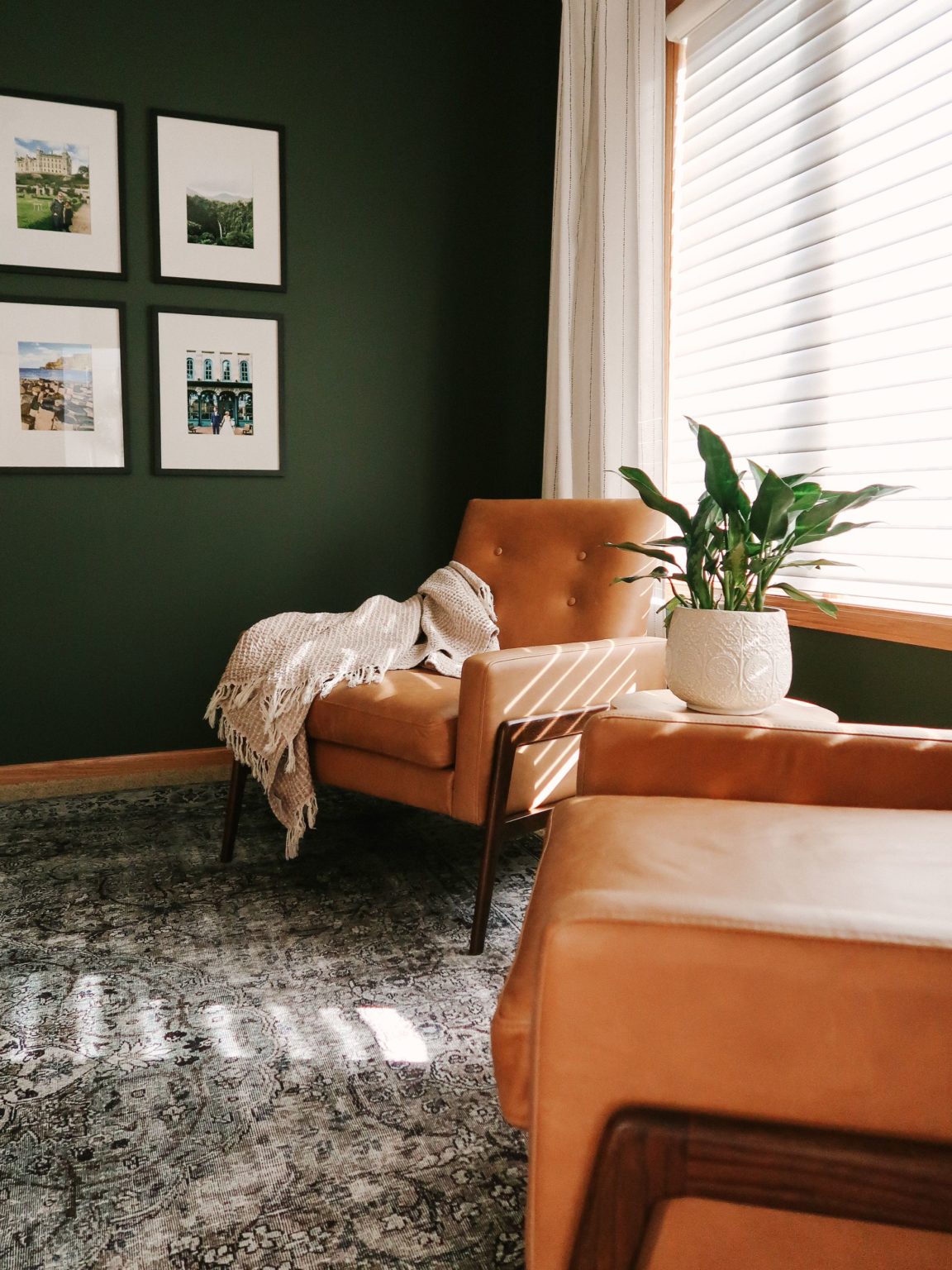





:max_bytes(150000):strip_icc()/Litchfield_BeresfordHill_025-5b89787fc9e77c00258aa53c.jpg)





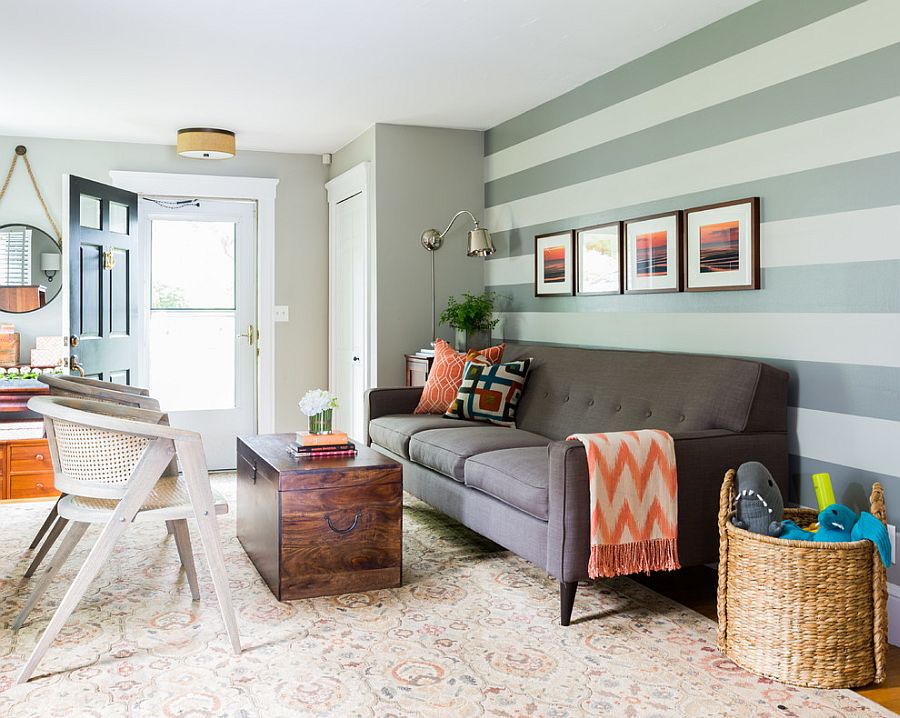






/Deep-Blue-Accent-Wall-58e42e935f9b58ef7e6e0b8b.png)



:max_bytes(150000):strip_icc()/Warm-and-cozy-living-room-Amy-Youngblood-589f82173df78c47587b80b6.png)







